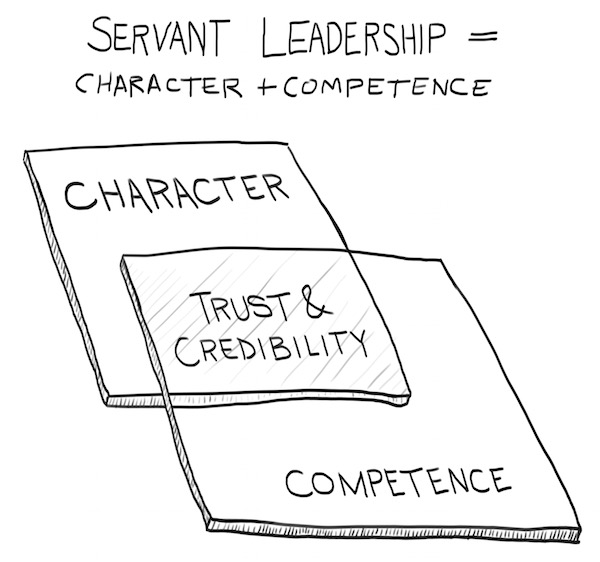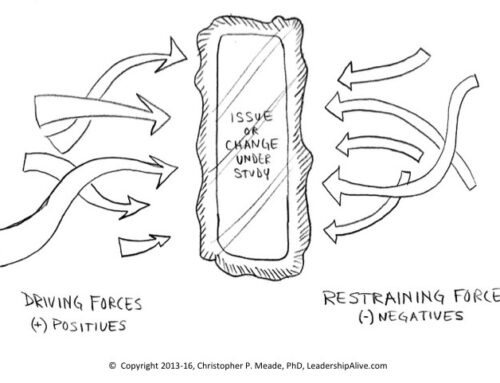Servant Leadership: Character and Competence = Credibility

“Character without capacity usually means weakness in a leader, but capacity without character means danger,” says David Gergen. Servant leadership development and character formation go hand-in-hand. Who a leader is is just as important as what a leader does.
Street Cred
When describing the core elements of how to persuade and influence others to a particular way of thinking, Aristotle said that influential leaders must possess three things: ethos (character), logos (logic), and pathos (emotion). Ethos was foundational to the other two qualities as it served as the “credibility-factor” of the speaker-leader.
The Ethos Factor
Today we call this the authenticity-factor, integrity, or trustworthiness. That’s why leadership is an inside job. It begins with the leader as a person and emanates outward. Today ethos still matters because some research suggests that 8 out of 10 people don’t trust leaders. Trust erosion has real consequences tethered to it. The challenges we face today are rooted not in economic, political, social, or technological shortcomings, but ultimately in failures of leadership.
Both/And Leaders
Even Harvard Business School has made recent changes to its famous leader-building MBA curriculum. Harvard CMO Brian Kenny said, “These changes are aimed to create leaders of competence and character, rather than just connections and credentials.” Being smart is not good enough. We need leaders who are smart and possess character.
Leadership is Character in Action
That’s why leadership and management are different. Both are vital to the success of an organization. Management is about doing (planning, budgeting, organizing). Leadership is about being (who we are and how we express our character). James Hunter said, “Character is our moral maturity and commitment to do the right thing regardless of personal costs. Character involves the will to respond to stimuli according to values and principles rather than to impulses, whims, and urges.” Leadership is character in action.

















